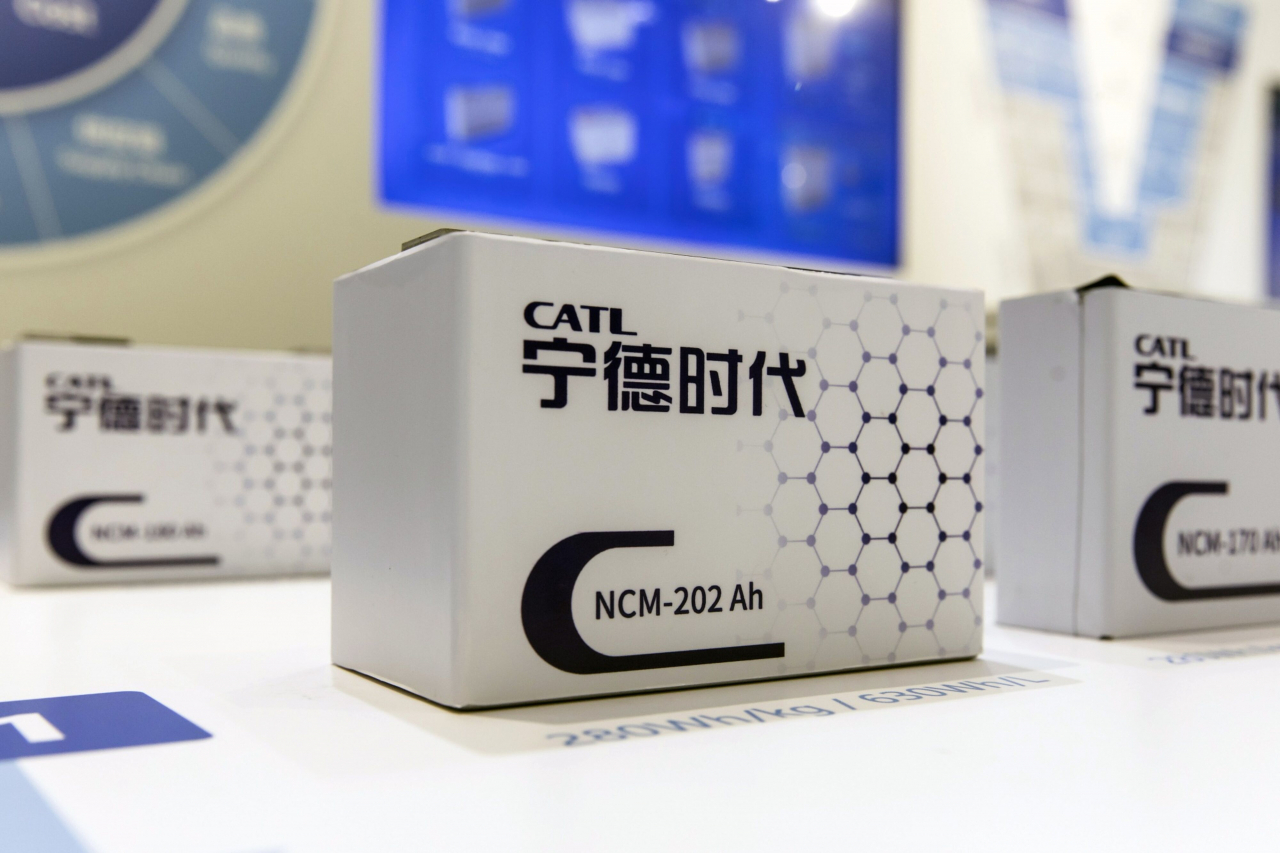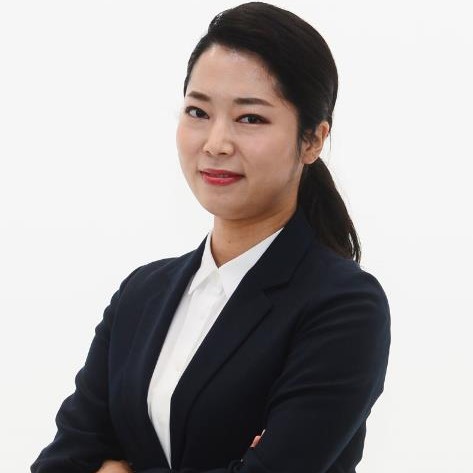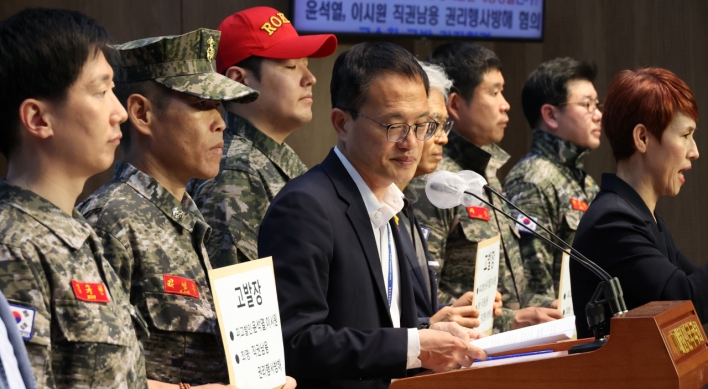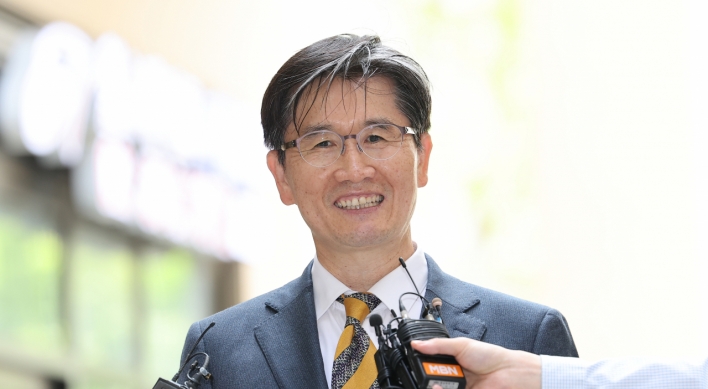[KH explains] Chinese battery makers gobbling up Korean rivals’ European market share
Amid slowing EV sales, Korean firms adjust production volume, brace for price war against cheaper Chinese batteries
By Byun Hye-jinPublished : Nov. 14, 2023 - 20:06

Amid a supply glut at home, Chinese battery makers are extending its reach deeper into Europe, the world’s second-largest market for electric vehicles where their Korean rivals used to be clear dominant players.
Up until two years ago, Korea’s LG Energy Solution, Samsung SDI and SK On owned a combined 70.6 percent of Europe’s burgeoning EV battery market, while Chinese firms had a tiny 6.7 percent, according to market tracker SNE Research.
Led by world No. 1 battery manufacturer CATL, Chinese makers have propelled their share to 40.1 percent by the January-July period this year, which compared to 57 percent owned by the Korean trio.
Experts say that defending the European market is crucial for Korean battery makers to enhance their leadership as they have secured a firm footing in the US, the biggest EV market where protectionist policies aim to counter China’s presence in key industrial sectors, offering a boon for Korean firms.
“Compared to the US, Korean battery makers cannot benefit from favorable policy measures in Europe, which means an open competition with Chinese rivals,” said Park Cheol-wan, a car engineering professor at Seojeong University.
“Considering European carmakers are increasingly adopting cheaper China-made batteries, Chinese firms could have an upper hand in the low- to mid-priced battery segment.”
Chinese battery makers may be known for their price competitiveness, with lithium-ion phosphate batteries being their key products. But more recently, they are investing heavily in producing higher-end batteries such as nickel, manganese and cobalt (NCM) batteries, competing head-on with Korean rivals who have focused on expanding their premium lineup.
CATL is the unrivaled market leader among Chinese battery makers doing business in Europe, making up almost 90 percent of Chinese sales there. And in the first seven months of this year, the SNE data found that 91 percent of the batteries the company sold were NCM batteries, not the cheaper ones.
Chinese battery makers' growing clout in Europe reminds Choi Jae-won, a chemistry professor at Gyeongsang National University, of the fierce pricing war between Korean and Chinese solar power panel makers in the 2010s. Despite their head start in the soaring industry, Korean panel makers eventually were pushed out of the lucrative market by Chinese rivals.
“It will be challenging to compete head-on with China in terms of pricing,” he said. “Korean battery makers should invest more aggressively in innovating production lines and equipment such as adopting automated manufacturing systems so that they can reduce operational costs and battery prices.”
During their third-quarter earnings reports last month, Korean battery makers also expressed concerns about their European business amid slowing EV sales in key markets.
“China-made low-priced batteries and EVs using them are penetrating Europe. So we expect no immediate rebound in overall EV sales there. Our goal is to adjust the production volume from our Poland plant to reduce inventory burdens,” said an LG Energy Solution executive during an earnings conference call.
Samsung SDI tried to downplay the Chinese threat, saying “Chinese companies’ oversupply at home might not flow into Europe that soon, considering it would take at least two to three years for a battery supply deal to be secured.”
The company stressed that it will continue to manufacture the highest-quality batteries in the Hungary plant and solidify its position in the market with a stable supply chain.
SK On did not mention their business plans in Europe but outlined a global strategy that centers on North America. The company is building a battery plant in Hungary, with plans to start production in 2025.










![[Weekender] How DDP emerged as an icon of Seoul](http://res.heraldm.com/phpwas/restmb_idxmake.php?idx=644&simg=/content/image/2024/04/25/20240425050915_0.jpg&u=)

![[Today’s K-pop] NewJeans' single teasers release amid intrigue](http://res.heraldm.com/phpwas/restmb_idxmake.php?idx=644&simg=/content/image/2024/04/26/20240426050575_0.jpg&u=)






![[Herald Interview] Mistakes turn into blessings in street performance, director says](http://res.heraldm.com/phpwas/restmb_idxmake.php?idx=652&simg=/content/image/2024/04/28/20240428050150_0.jpg&u=)
